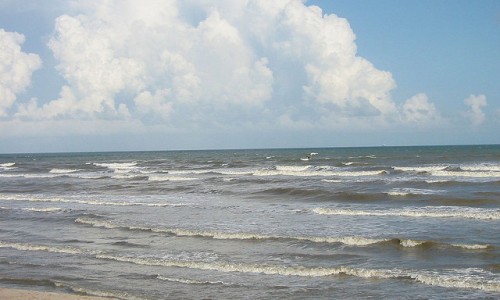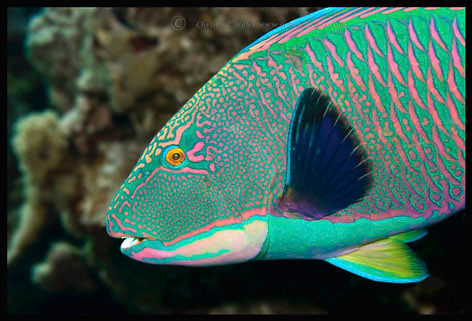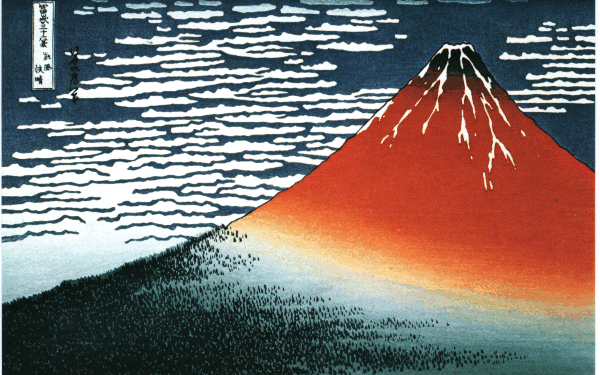Elephants and Thailand go together like Egypt and the pyramids, Australia and kangaroos, or Italy and pizza. Their ubiquity in art, fashion, advertisements, and even unlikely places like beer bottles, points to their iconic status in Thai culture. However, chang ("elephant" in Thai) have a fairly dicey history.
 |
| Chang Beer. From commons.wikimedia.org. |
Like Brahman cattle in India, elephants were once honored and revered as sacred beings, trained to fight in wars and protect the kingdom against invaders. However, as Thailand modernized and began to capitalize on its teak exports, elephants were drafted to work in the logging industry instead. To do this work, they had to undergo extensive training, in a process called the phajaan. During the phajaan, elephants are restrained in small wooden cages barely large enough for their bulk and beaten, poked and stabbed for several days until they become obedient and docile. There's a stomach-churning video of this ordeal here.
In 1989, the king of Thailand outlawed the use of elephants in logging, but it hasn't prevented people from subjecting elephants to the phajaan in order to make them suitable for work in the tourism industry, giving rides, painting pictures, or simply walking around busy cities like Bangkok, begging for food. This is tortuous for the elephants, who are very sensitive to external stimuli and require far more water and food each day than can reasonably be given to them in a big city. The animals become stressed, lonely and depressed, and often die within a few years.
 |
| Feeeeed meeeeeee |
At the turn of the 20th century, there were 100,000 (domesticated) elephants in Thailand; today, they number just a few thousand in total. While it is illegal to kill elephants for the ivory of their tusks, it is permissible to take ivory from live elephants, often damaging their faces and their delicate trunks, creating infections that eventually kill them.
There are a number of conservation groups working to rescue elephants. One such operation is the Elephant Nature Park in Chiang Mai, which I visited back in May. The park is the life's work of Lek Chailert, a Thai woman who grew up learning about herbal medicines from her grandfather, who was a healer. She has adopted almost 30 elephants over the years, and the park boasts several births as well, bringing their herd to 34. Lek has also started a program called the Jumbo Express, which involves traveling with veterinarians to villages in northern Thailand to bring medical aid to elephants and teach their owners how to best care for them.
A new baby had been born shortly before we visited the park; it was just 25 days old when we saw it. There is nothing cuter than a 3 ft tall baby elephant...except for a 3 ft tall baby elephant that plays soccer. Someone had given the baby, named Dok Mai, a soccer ball, which she enthusiastically kicked up and down the length of her pen (mother and calf are kept in the pen for security; mothers are very protective of their offspring). It was difficult for even the most hardened observers not to squeal with delight.
 |
| Baby Dok Mai, who was only 25 days old when we visited. |
 |
| Shower time! |
Perhaps the most heart-warming aspect of the Elephant Nature Park is seeing how content all the animals are. It's reassuring to know that Dok Mai will never face the horrors experienced by other older elephants. And it's a pleasure to see how these long-suffering creatures finally find peace and proper care. One elephant who had been used in the logging industry and blinded by her "trainer" is now waited on hand and foot, bathed by volunteers in the river, and fed pounds upon pounds of fresh vegetables and fruits everyday. She's banded together with two other rescued elephants with similar histories, and the three "besties" are never far from one another. These kinds of groups offer protection and companionship; elephants are remarkably human-like in the way they develop relationships with one another.
 |
| Hello, humans |
While we only stayed for a day at the Elephant Nature Park, they offer longer stints during which you can volunteer to help care for the elephants, and therefore have more time to observe and interact with them. Incredibly worthwhile, particularly when you consider that a hefty portion of your money goes towards the year-round care of the elephants, and saving up to rescue others.
 |
| Feeding time. Sometimes the elephants will gingerly take food from you with their delicate trunks; other times you have to place it directly into their mouths. Elephant tongues are weird. |























